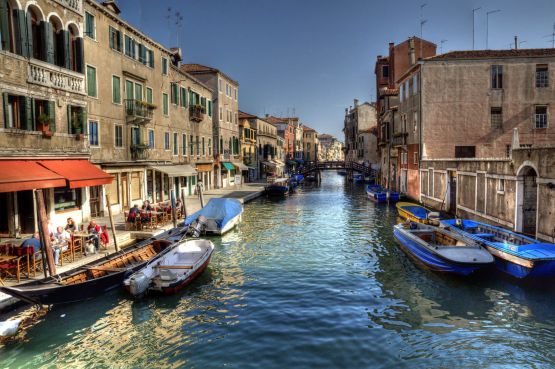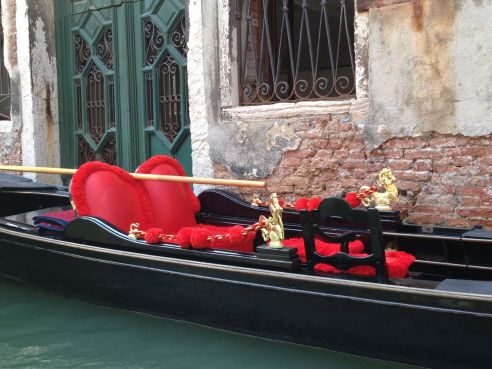Dating back to the second half of the 13th Century, the Venice Historical Regatta is a spectacular competition whose origins are firmly entrenched in the history of Venice. As the maritime nation considered it vital to have expert oarsmen.
The Venice historical regatta, is the main regatta of the year. Although the other islands and communities of the Venetian lagoon also hold their own regatta's throughout the calendar year. The Regata Storica takes place on the first Sunday of September in Venice, dates of other regatta's can be found at the end of this document.
The historical regatta takes place on the Sunday afternoon. It begins with a ceremonial parade along the Grand Canal of historical boats manned by Venetians in period costume. The most important rowing races are between the various neighbourhoods of Venice.
Like the celebrated Palio of Sienna, the fans and followers of each neighbourhood boat and crew are a form of entertainment in themselves. In fact, n ancient times, a fleet of bissone (typical long boats) would proceed the race clearing the way and maintaining order.
The traditional points of reference for the Venice historical Regata are the spagheto, a rope stretched across the starting point in front of the public gardens in the Castello sestiere of Venice; the Paleto, a pole driven into the centre of the Grand Canal in front of the Church of Sant'Andrea de la Zirada, around which the boats must turn before going back up the Grand Canal to cross the finishing line.
The finishing line is indicated by the Machina, a construction erected on a wooden raft richly carved, painted and gilded, and where the prize-giving ceremony is held.
The historical regatta of Venice, re-enacted on an annual basis nowadays also recalls the famous procession of the 16th Century when Caterina Cornaro, a native Venetian who was later crowned Queen of Cyprus returned to Venice to deliver the island of Cyprus into the hands of the Venetians.
Following this procession come the bisonni ( 8 oared Gondolas), then, the balotine ( 6-oared Gondolas ), the decorative and ceremonial gondolas of the various rowing clubs. Then, the competition starts with a regatta for youngsters, followed by one for the women, and then finally one for the two-oared gondolas that are numbered and colored differently.
Once the Regatta is finished, the canals of Venice come to life with boats of various sizes, full of people celebrating amongst all the noise and confusion. Other events, such as street-entertainers and other artists, take place in he principal square's of Venice.
Other Regatta's
A regatta is made up of various races using different kinds of boats: women and very young rowers race in their own categories. But, the Regatta di Sant'Erasmo, the last of the season, is a mixed regatta ( one woman and one man racing together on the same boat ).
Regatta on the River of San Giobbe, Cannaregio, Venice, takes place during carnival on February 21
Regata Storica, 1st Sunday of September
Regatta di Caorle, mid-August
Regata di Burano, 3rd Sunday of September
Regata di Sant'Erasmo, late September-early October









